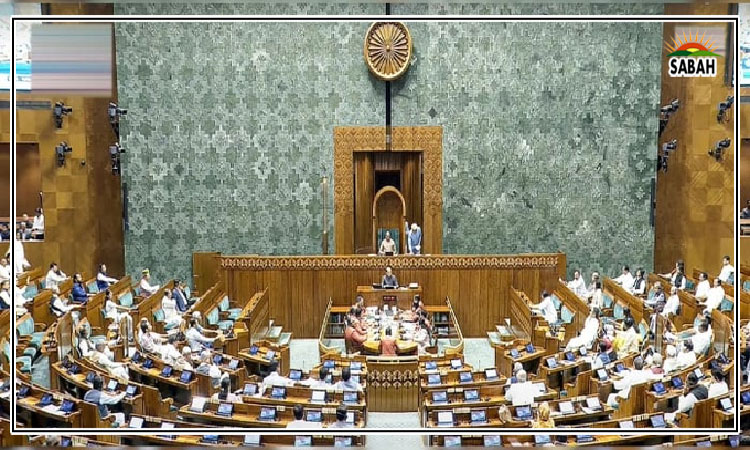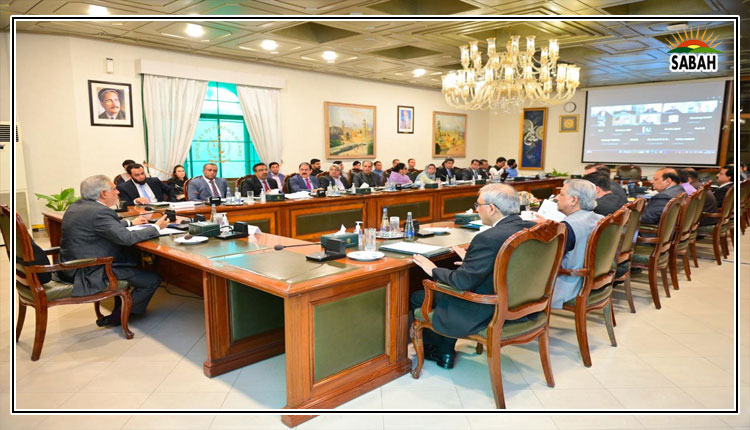The Katcha’s criminal nexus…Irfan Ali Samo
The recent ambush by dacoits in the Katcha area of Machka, which killed twelve policemen and injured seven others, has raised serious concerns about the presence of well-organized and violent gangs in the riverine belt of Punjab and Sindh. A month ago, two similar attacks in Raunti and Aandal Sundrani Katcha, Sindh, claimed the lives of five policemen.
Disturbing videos of captives being beaten by bandits demanding ransom have become increasingly common in these areas. Innocent people are often kidnapped through deceptive means, such as honey traps or false promises of cheap agricultural tools or tractors. Many are forcibly abducted from nearby roads and highways and taken to the dacoits strongholds. The rising violence and lawlessness in these regions highlight the growing threat posed by these criminal gangs to both the public and law enforcement.
Why has the dacoit culture and kidnapping for ransom persisted for years despite police operations in the Katcha belt of Sindh and Punjab? When one gang is neutralized, another emerges, continuing criminal activities and posing a significant challenge to law enforcement.
In 2023 alone, 136 people were kidnapped in Sindh, compared to 79 in 2022 figures that only account for reported cases. Many other kidnappings go unregistered or unnoticed. In pursuit of these dacoits, 36 police officers were martyred in Sindh in 2023, while 120 dacoits were killed in the Katcha areas of Larkana and Sukkur range.
The challenges and obstacles the police face during operations in the Katcha need urgent attention. Without addressing these difficulties, the cycle of violence and crime will continue to plague the region, leaving law enforcement struggling to maintain order.
The dacoit gangs in Katcha areas of Sindh and Punjab are armed to the teeth with sophisticated weapons. They possess anti-aircraft and anti-tank weapons. In contrast, the police operating against them use conventional weapons which give the ultimate edge to the desperate dacoits. It is ironic that many of the injuries and casualties incurred by police personnel have even happened inside Armed Personnel Carrier vehicles which get pierced by anti-aircraft bullets or rocket launchers propelled by the dacoits.
The Katcha area is socially tribal, with a long history of enmities over issues like marriage, land, water disputes, honour killings, and other minor conflicts. These communities often resort to crime to fund their revengeful activities against rivals. Unresolved tribal disputes serve as the breeding grounds for dacoits, who eventually commit brutal crimes, including massacres, kidnappings, and robberies. Crime becomes their primary means of generating money, further perpetuating violence and instability in the region.
The scourge of the feudal and sardari system is very deep-rooted in our tribal belts of the riverine whose peoples lives are chained by archaic traditions where each decision lies with the tribal head. This has perpetuated and encouraged tribal disputes, taken the lives of innocent people, and also encouraged other criminal activities.
In many cases, tribal heads support, harbour, and patronize dacoits who enforce their whims and control over their clans. Moreover, these dacoits provide their patrons with an easy income of billions of rupees through illegal activities, including the occupation of hundreds of thousands of acres of forest land, a profitable timber trade, and the illicit operation of fishponds on government land in the Katcha areas.
Feudalism and the dacoit culture thrive on billions of rupees generated through this illegal economy, driven by local landlords and dacoits who occupy government lands in the riverine belt, along with the profits from criminal activities. This, unsurprisingly, has created a strong nexus between local landlords, dacoits, and corrupt elements within the police force, ultimately undermining any police operations in the Katcha areas.
The terrain and topography of the infested riverine belt further favor the dacoits, hindering police movements and raids. Water channels, tributaries of the Indus River, and dense jungle areas obstruct the forces, giving the bandits ample time to escape. During the summer, when the riverine belt is flooded, the dacoits find refuge on isolated islands. Unfortunately, the road infrastructure that would provide connectivity to these disturbed Katcha areas is either nonexistent or in a state of disrepair in both Punjab and Sindh.
There is an acute lack of basic necessities in the Katcha areas. No health or educational facilities are available, and infrastructural development is a distant dream. Economic activities are nonexistent, aside from illegal land occupations and criminal enterprises. Such deplorable living conditions inevitably push people toward crime and under the influence of feudal landlords. This has been the reality for generations in the Katcha areas, where dacoits, feudals, and their descendants continue to take on the same roles over time.
It is time the current strategies and approaches to policing the Katcha areas were seriously reconsidered. A well-thought-out, kinetic, and sustainable police operation is needed, along with a comprehensive socio-economic reform package for the troubled riverine belts of Sindh and Punjab.
While a strengthened police force, supported by law-enforcement agencies, can clear an area of dacoits, as has been done in the past, sustaining peace and fostering progress requires robust socio-economic and infrastructural development by the government. Without such measures, the endless cycle of crime and policing will continue, despite the many police operations carried out over the years in the Katcha areas of Punjab and Sindh.
The writer is a senior superintendent currently serving in the Sindh Police. He has participated in many Katcha police operations in District Rahim Yar Khan in Punjab, and the Sukkur, Kashmore and Shikarpur districts of Sindh.He can be reached at: irfansamopsp@gmail.com
Courtesy The News












